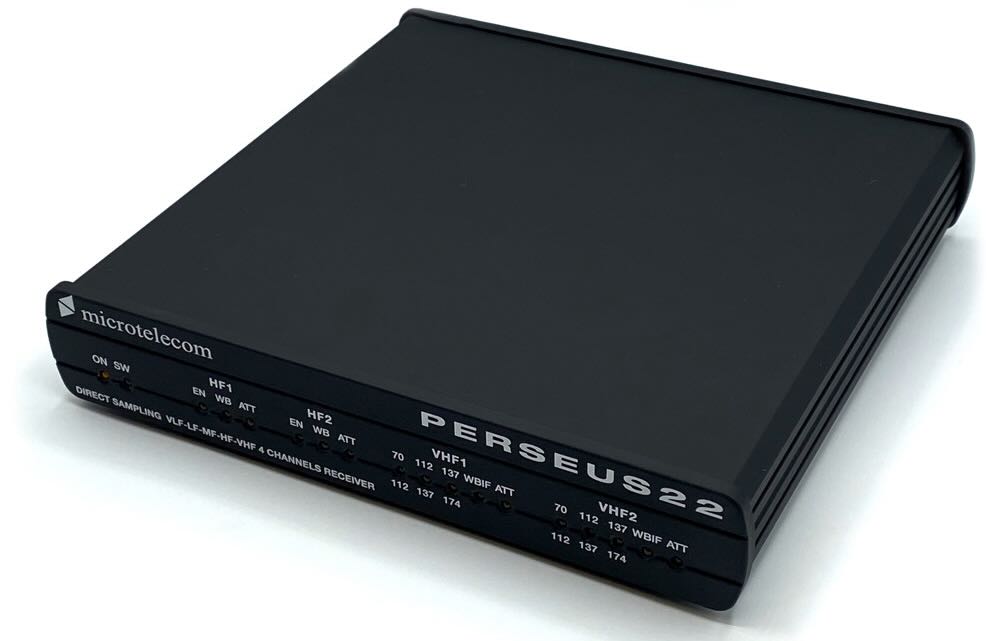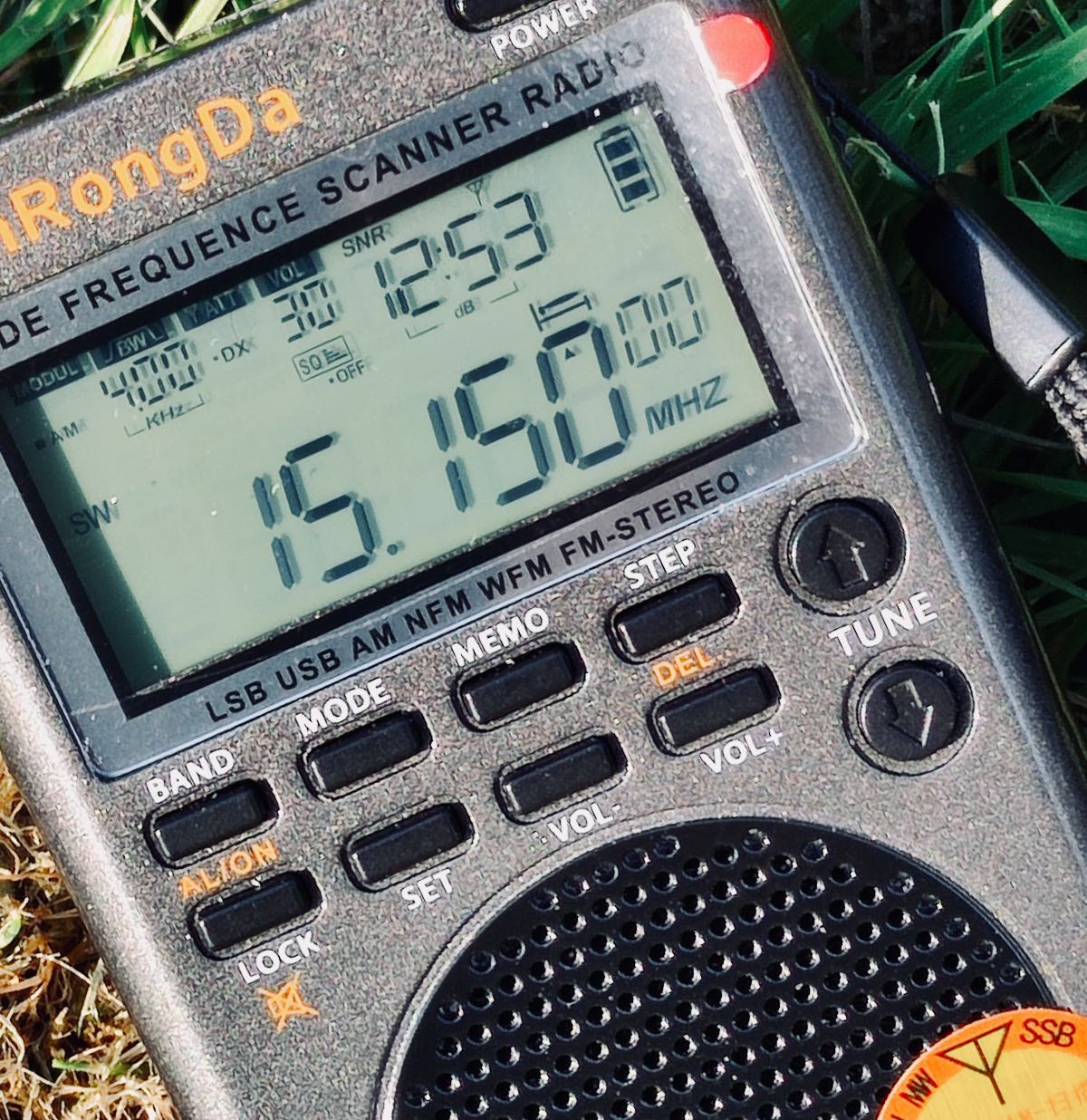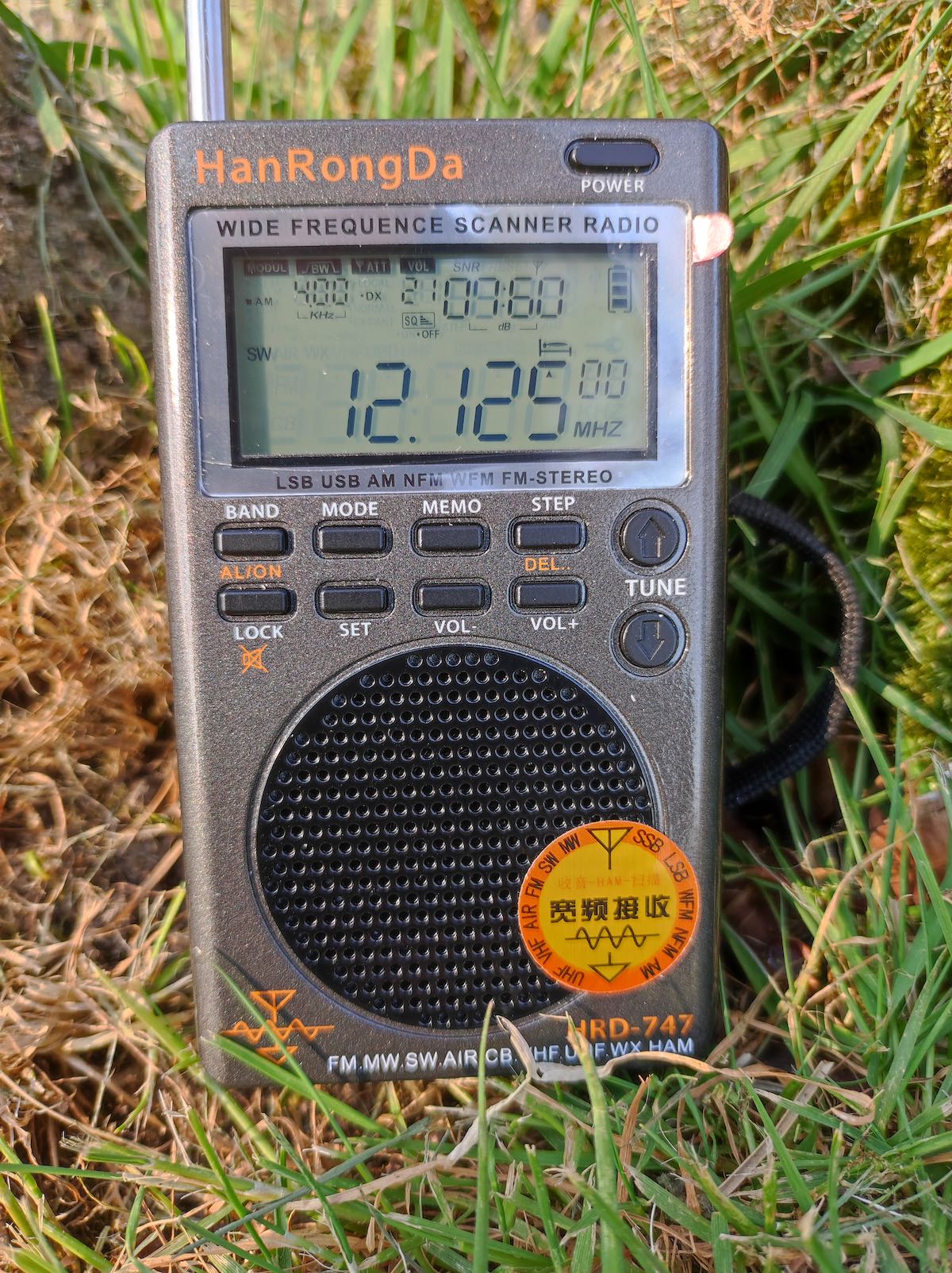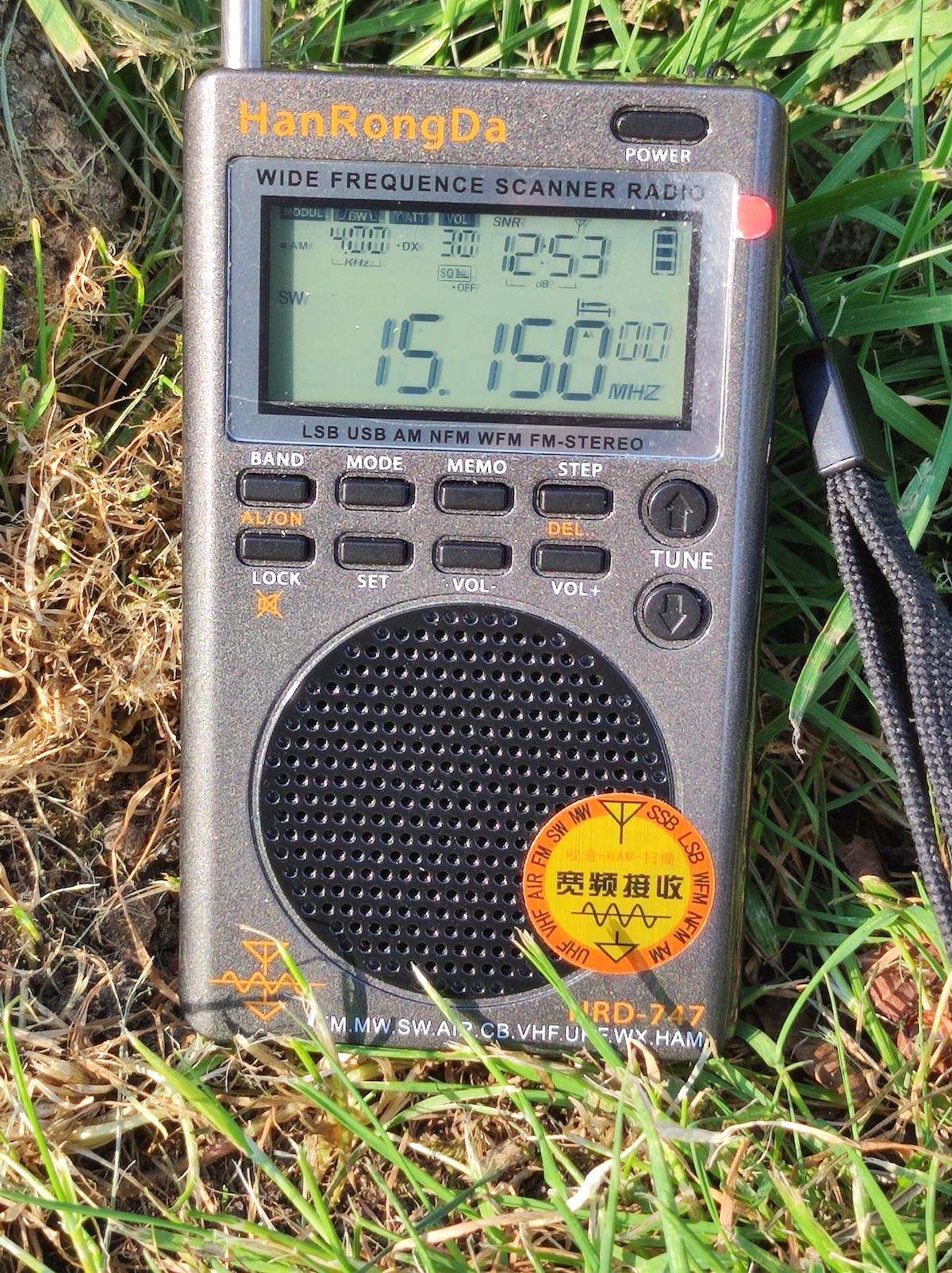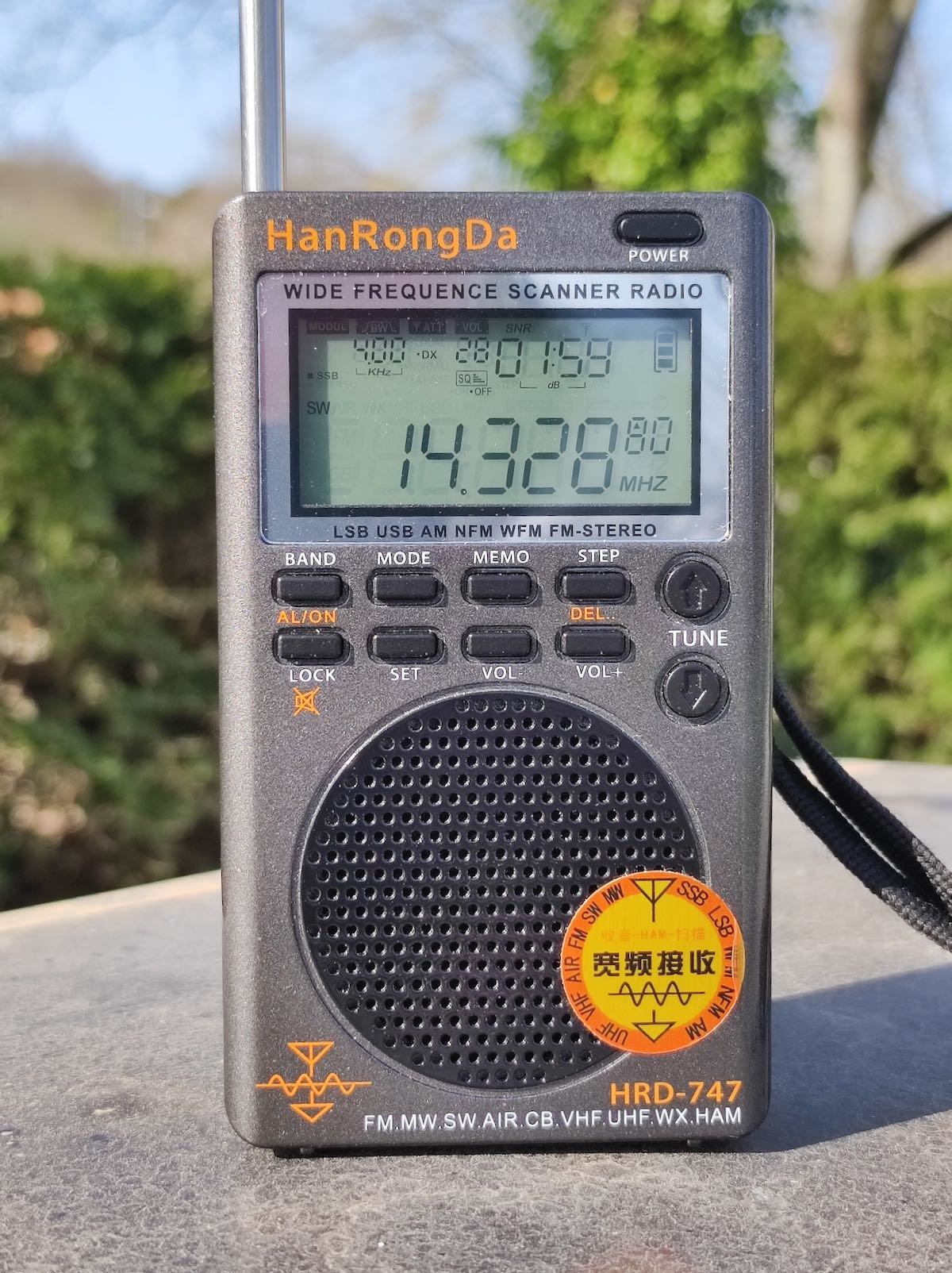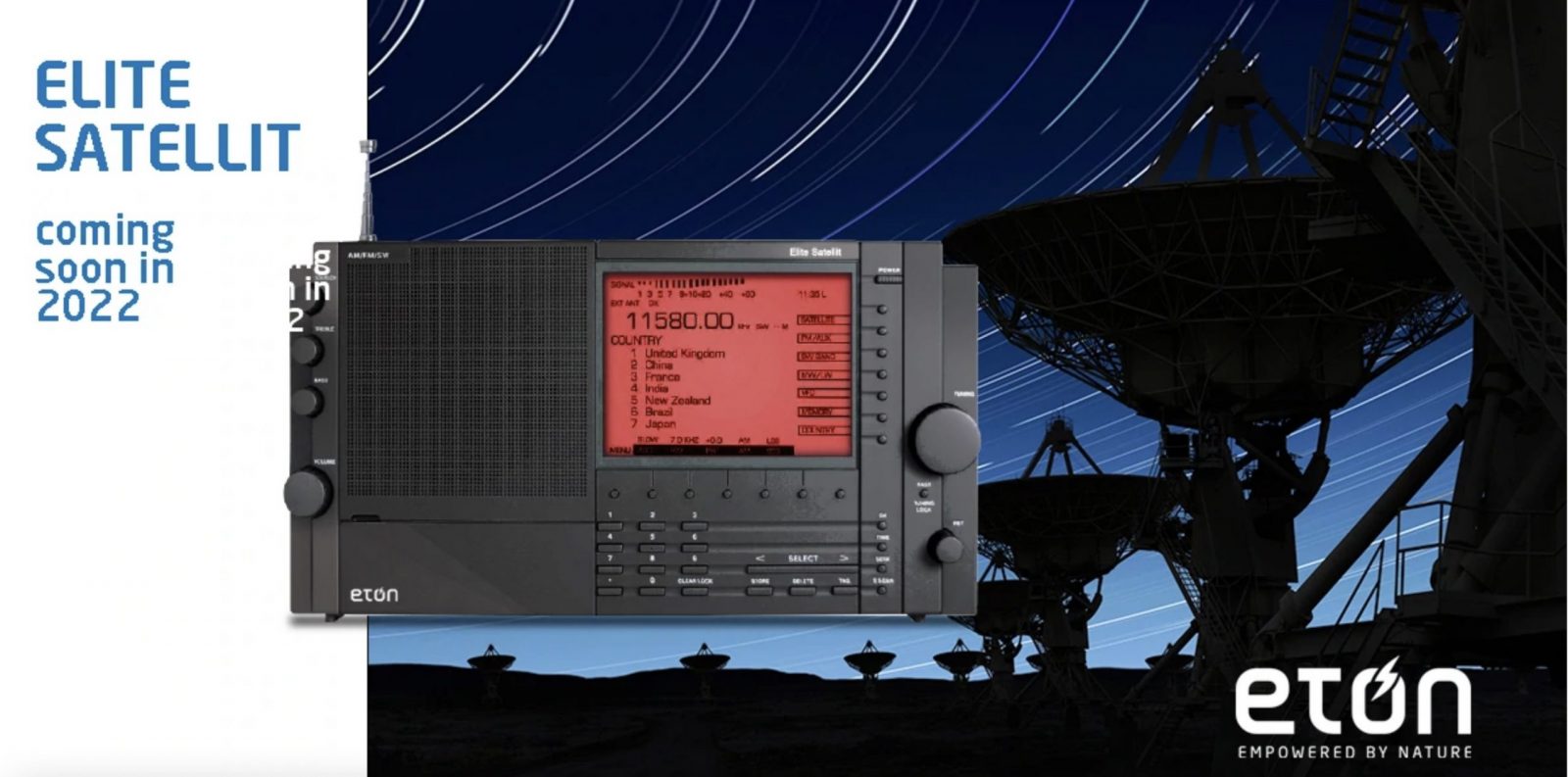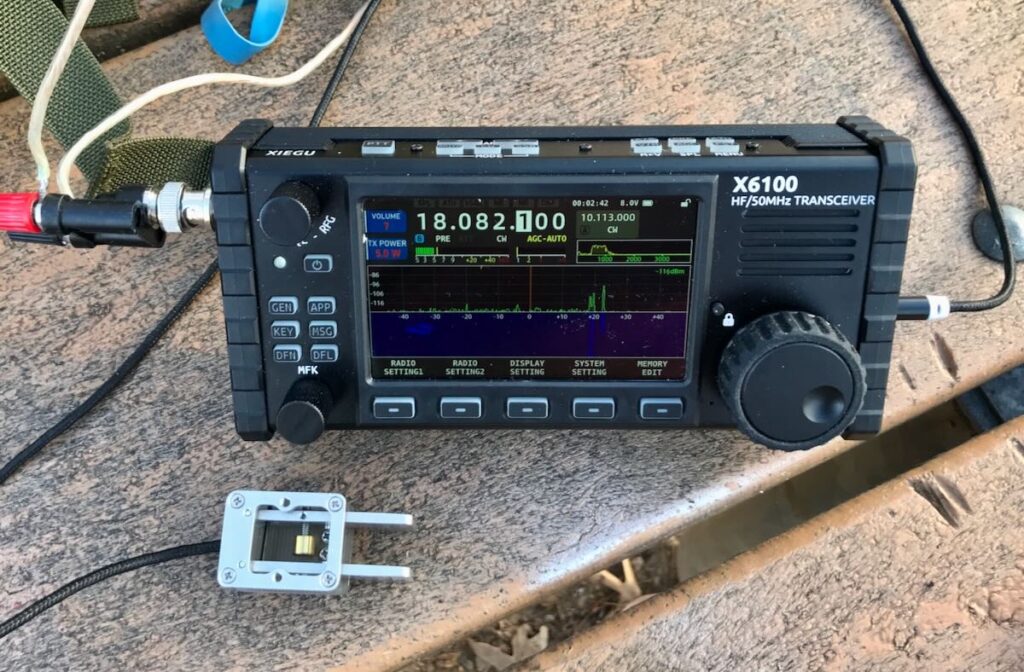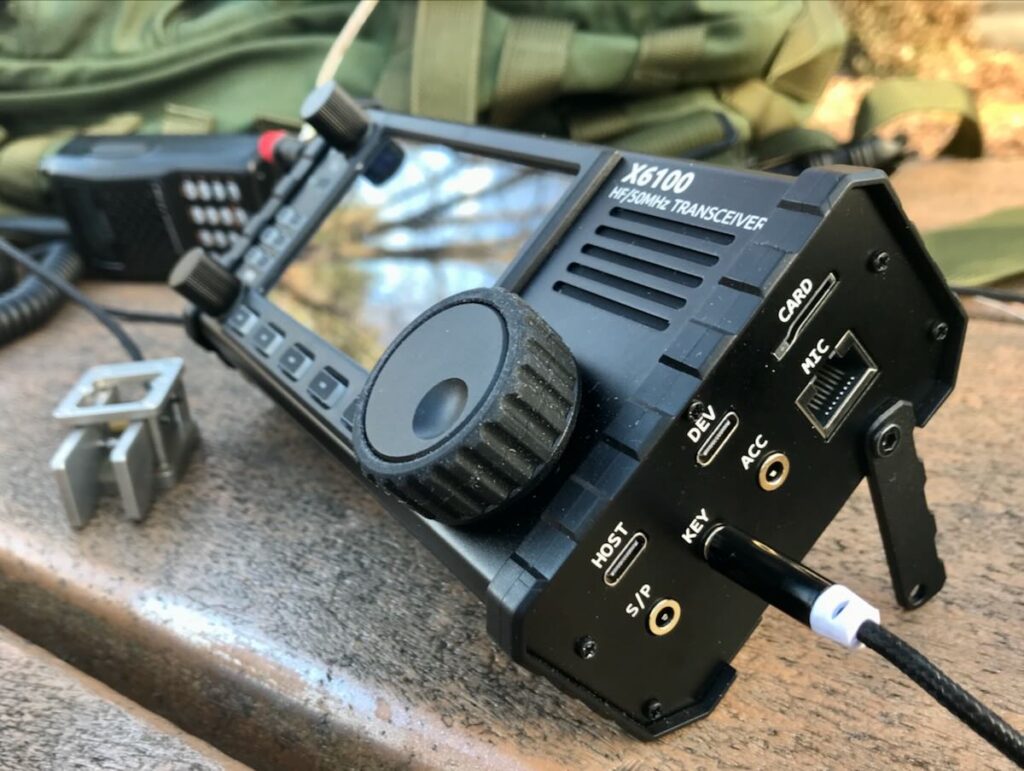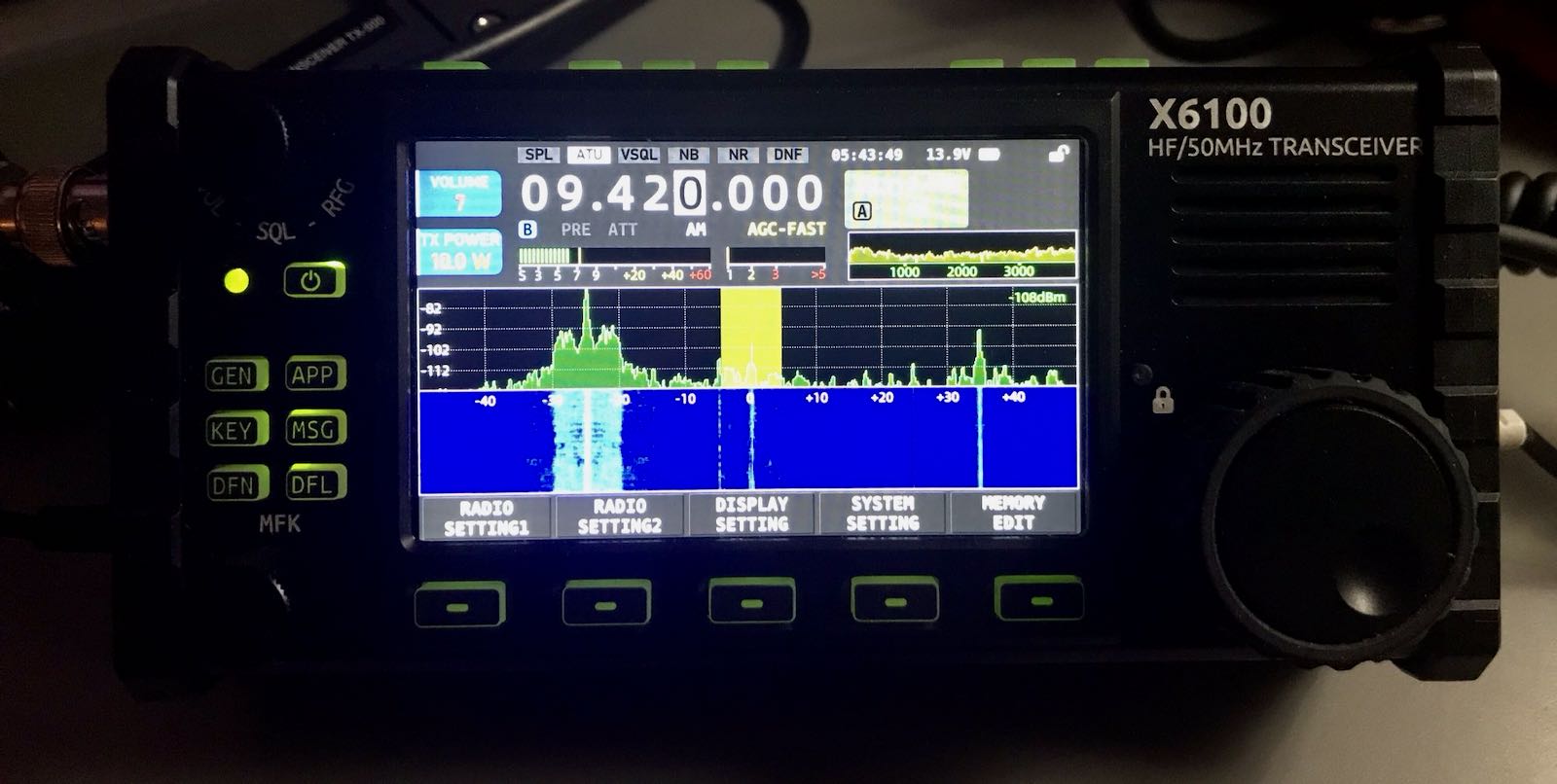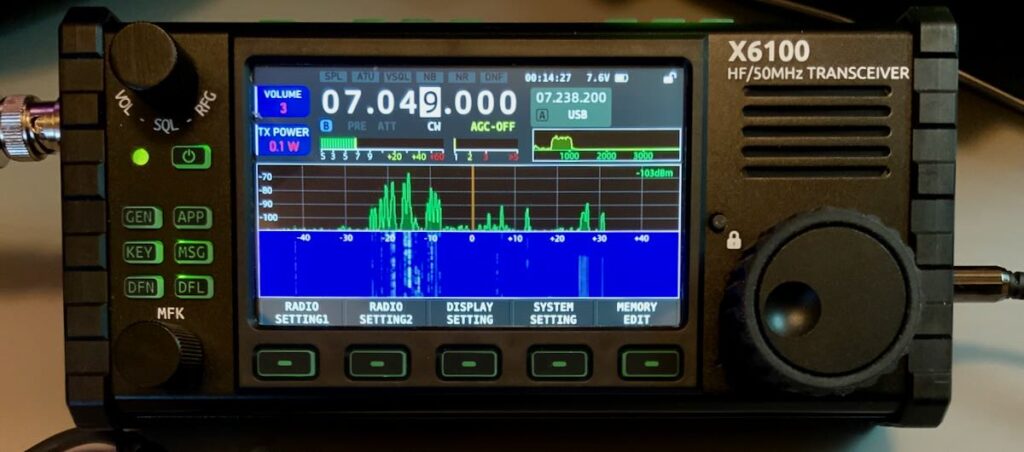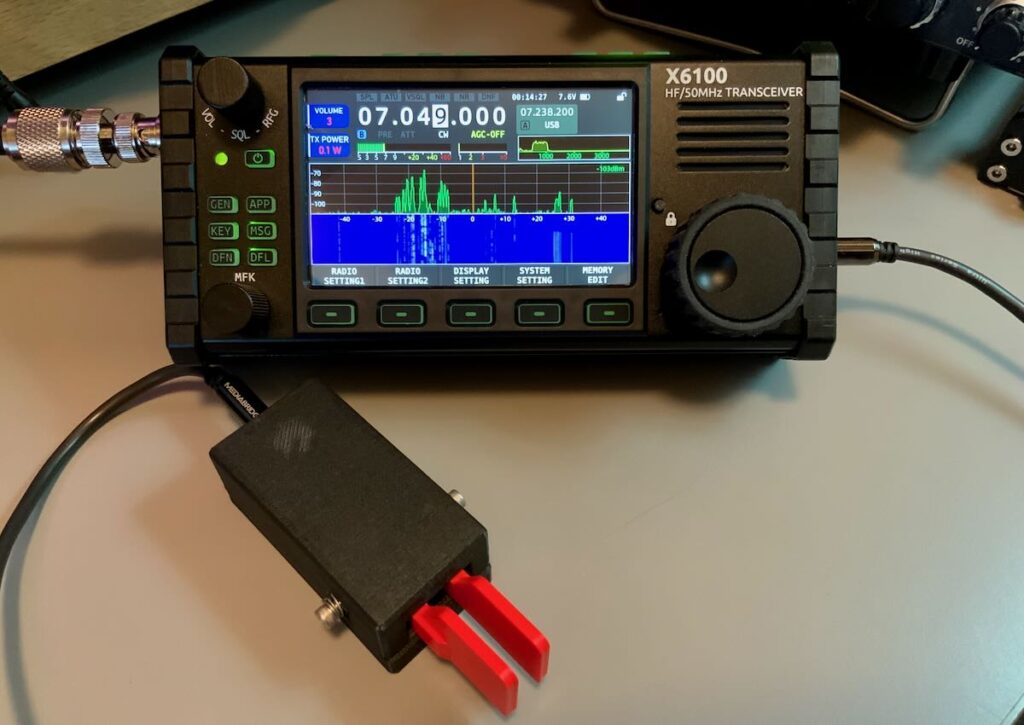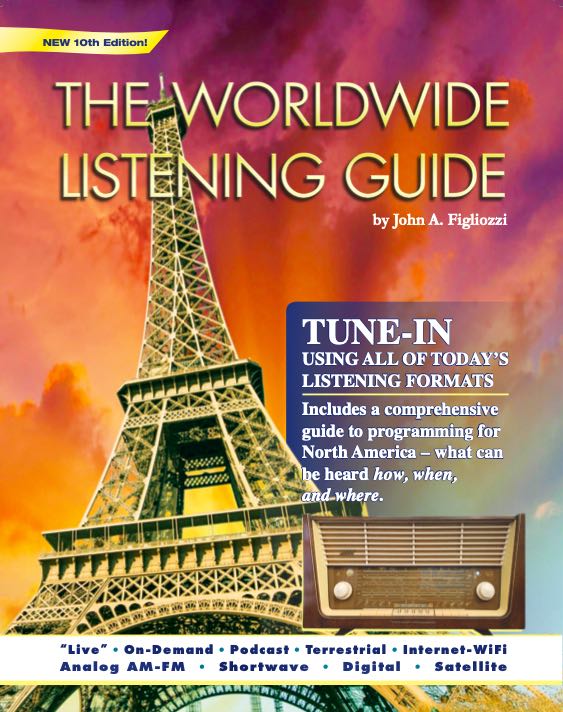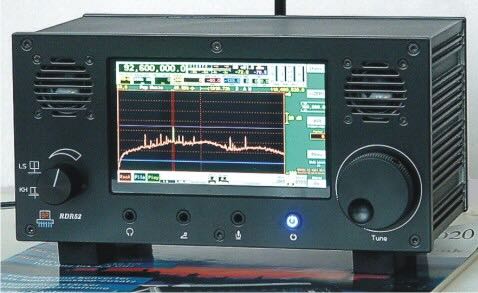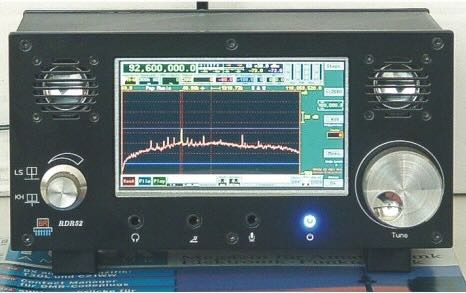
(Source: Teak Publishing Press Release)
17th Edition of the Global Radio Guide (Winter 2021-22) Now Available
On any given day, the People’s Republic of China (PRC) fueled by a meteoric rise in the country’s economics, politics, the covid pandemic, cyber security and human rights issues, Beijing Winter 2022 Olympics, and a strident expansion of the country’s military forces dominates global news headlines and news cycles. These headlines include China’s recent tensions with Taiwan, which are said to be the worst in forty years, and its other neighbors in the South China Sea region.
As China’s influence continues to expand worldwide, so have the country’s huge radio broadcast services. Local, regional, and international mediumwave and shortwave networks carry news and programming to audiences around the world. Since these services are government-sponsored you are hearing China’s Communist Party’s (CCP) perspective of worldwide events as they unfold. Topping the list of the country’s media outlets is China Radio International (CRI) the largest and most widely heard station in China.
For those who want to follow all the ongoing storylines originating from the PRC, Gayle Van Horn’s 17th Edition of her Amazon bestselling Global Radio Guide (Winter 2021-22) has all the details you need to monitor all the radio services from the Land of the Red Dragon.
Her feature is one of the most comprehensive articles ever written on the Chinese radio broadcast system. Complete schedules for all China radio services, a section of how to ID national stations broadcasting in Chinese, and links to videos with CRI IDs in 45 languages on the author’s YouTube channel that are just some of the materials you will find in this all-important cover story in the GRG. This is an indispensable guide to for the radio listener to hear China as tensions in the region continue to heat up.
China’s broadcasters are not the only focus of this completely updated edition of the GRG, though. Worldwide, tensions are continuing to escalate, and – in another case of what is old becoming new – people around the world are once again turning to shortwave radio to place themselves on the front lines.
With the help of the GRG, you can tune in to shortwave broadcast stations from other hotspots such as Cuba, India, Iran, North/South Korea, Taiwan, Hong Kong, and many other counties. If you have a shortwave radio receiver, SDR or Internet connection, pair it with this unique radio resource to know when and where to listen to the world.
This newest edition of the GRG carries on the tradition of those before it with an in-depth, 24-hour station/frequency guide with schedules for selected AM band, longwave, and shortwave radio stations. This unique resource is the only radio publication that lists by-hour schedules that include all language services, frequencies, and world target areas for over 500 stations worldwide. The schedules included in this edition of the GRG are valid from 31 October 2021 until 26 March 2022, the B21 broadcast schedule period.
The GRG includes listings of DX radio programs and Internet website addresses for many of the stations in the book. There are also entries for time and frequency stations as well as some of the more “intriguing” transmissions one can find on the shortwave radio bands.
Gayle has also updated her now-famous SDR Buyer’s Guide, a must-have compendium that helps you navigate through the revolutionary world of software-defined radios (SDRs), the new digital frontier of the radio hobby.
Also new in this 17th edition, James Careless, in an article that originally appeared in Radio World, looks at the current state of shortwave receiver technology. Dr. Adrian Peterson of AWR looks back at the early days of Philippine broadcasting. David Harris has written a review of the bhi NES10-2MK4 Noise Cancelling Speaker. Spectrum Monitor columnist Fred Waterer will take you on a guided tour of shortwave music programs from around the world.
There are updated columns including the latest radio news in Bits & Bytes, current radio QSL information and addresses, the Best of the Best DX shortwave program listings, and a listing of radio station Internet websites.
This edition also has introductory articles for beginners on Traveling the World via Shortwave Radio Broadcasts, Monitoring the Shortwave Action Bands, and Teak’s latest greatly expanded frequency list of HF non-broadcast radio stations worldwide.
Global Radio listeners are routinely entertained with unique perspectives to events, music, culture, history, and news from other countries that you will not see or hear on your local or national broadcast channels. Global Radio broadcasts are not restricted by country borders or oceans and can travel thousands of miles, reaching millions of listeners worldwide, now in over 300 different languages and dialects.
Whether you monitor shortwave radio broadcasts, amateur radio operators, or aeronautical, maritime, government, or military communications in the HF radio spectrum, this book has the frequencies to help you to hear it all. Teak Publishing’s Global Radio Guide “brings the world to you.”
You can find this edition of the Global Radio Guide, along with all of Teak Publishing e-book titles currently available for purchase, on the Teak Publishing Web site at www.teakpublishing.com. This includes all previous editions of the Global Radio Guide available at reduced sale prices.
The 17th edition of the Global Radio Guide e-Book (electronic book only, “no print edition available”) is available worldwide from Amazon and their various international websites at
https://amzn.to/3py5JPd (SWLing Post affiliate link)
The price for this latest edition is US$8.99 for over 1000 pages of radio hobby content and frequencies. Since this book is being released internationally, Amazon customers in the United Kingdom, Germany, France Spain, Italy, Japan, India, Canada, Brazil, Mexico, and Australia can order this e-Book from Amazon websites directly servicing these countries. Customers in all other countries can use the regular Amazon.com website to purchase this e-Book.
You can read any Kindle e-Book with Amazon’s ‘free’ reading apps on literally any electronic media platform. You do not have to own a Kindle reader from Amazon to read this e-book. There are Kindle apps available for iOS, Android, Mac, and PC platforms. You can find additional details on these apps by checking out this link to the Amazon website at www.amazon.com/gp/feature.html?ie=UTF8&docId=1000493771.

